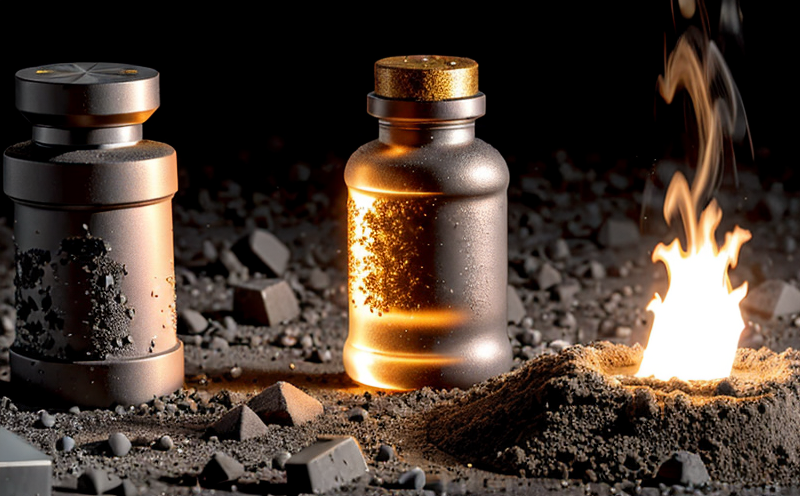ISO 12789 Radiation Damage Assessment of Nuclear Structural Materials
The ISO 12789 standard is a critical tool in the assessment and understanding of radiation damage to nuclear structural materials. This service provides detailed testing, analysis, and evaluation necessary for ensuring that structural components used in nuclear reactors are safe and reliable over their intended lifespan.
The process begins with the selection of appropriate specimens from the materials under consideration. These materials must be representative of those found within a reactor environment, ensuring accurate results. The specimens undergo rigorous testing to simulate exposure conditions relevant to real-world applications. This includes high-intensity gamma irradiation similar to that experienced in nuclear reactors.
The testing process involves precise control over parameters such as dose rate and total absorbed dose. Specimen preparation is crucial; it requires careful attention to ensure that the material's integrity is preserved throughout the testing phase. Once prepared, specimens are subjected to radiation exposure using specialized irradiators designed to mimic reactor environments.
Post-testing analysis involves detailed examination of the materials' microstructure and mechanical properties. Techniques such as electron microscopy, X-ray diffraction, and tensile testing provide insights into how radiation has affected the material's structure and performance characteristics. These analyses are essential for identifying any changes that could impact safety or operational efficiency.
The results of these assessments contribute significantly to ongoing research and development efforts aimed at improving nuclear reactor design and operation. They also support regulatory compliance by providing data needed to demonstrate adherence to international standards like ISO 12789. This information is vital for quality management teams responsible for ensuring product safety and reliability.
In conclusion, the ISO 12789 standard plays a pivotal role in safeguarding nuclear facilities against potential risks posed by radiation-induced degradation of structural materials. By leveraging this service, stakeholders can gain valuable insights into material behavior under extreme conditions, thereby enhancing overall system integrity and longevity.
Scope and Methodology
The scope of ISO 12789 encompasses the assessment of radiation damage in nuclear structural materials. This includes evaluating changes in microstructure, mechanical properties, and other relevant parameters resulting from irradiation exposure.
Methodologically, this service employs a multi-step approach involving specimen preparation, irradiation simulation, post-test analysis, and comprehensive reporting. Specimens are carefully chosen based on their expected role within the reactor system. They undergo controlled irradiation using specialized facilities designed to replicate actual reactor conditions accurately.
Post-irradiation evaluation utilizes advanced analytical techniques like scanning electron microscopy (SEM), transmission electron microscopy (TEM), energy-dispersive X-ray spectroscopy (EDS), and mechanical testing methods such as tensile strength measurements. These tools enable detailed characterization of the material's condition post-exposure.
The methodology ensures that all aspects affecting radiation-induced damage are comprehensively addressed, providing robust evidence for decision-making processes related to nuclear safety and reliability.
Benefits
Implementing ISO 12789 provides numerous benefits across various stakeholders involved in the nuclear industry:
- Safety Assurance: By accurately assessing radiation damage, potential hazards can be identified and mitigated early.
- Regulatory Compliance: Ensures adherence to international standards, facilitating smoother regulatory approval processes.
- Innovation Support: Insights gained contribute to ongoing R&D initiatives aimed at enhancing reactor designs and operational efficiency.
- Economic Efficiency: Early detection of issues helps prevent costly downtime or premature replacement of components.
Environmental and Sustainability Contributions
The ISO 12789 service supports environmental sustainability by promoting efficient use of resources through informed decision-making. By ensuring that materials are used optimally, waste generation is minimized, leading to reduced environmental impact.
Moreover, the insights derived from this assessment contribute to more sustainable reactor operations, which in turn reduce carbon footprint and operational costs associated with nuclear energy production.
Through precise evaluation of radiation-induced damage, potential failures can be anticipated, preventing catastrophic events that could lead to significant environmental contamination. Thus, this service plays a crucial role in advancing both safety and sustainability goals within the nuclear sector.





